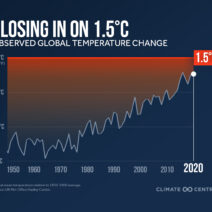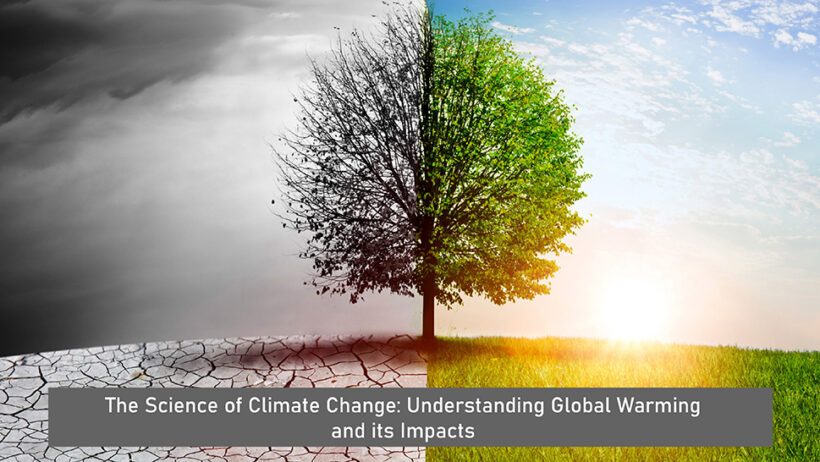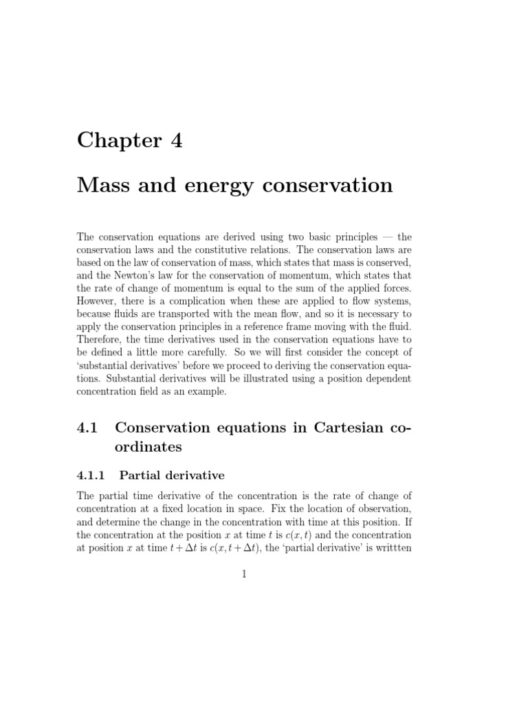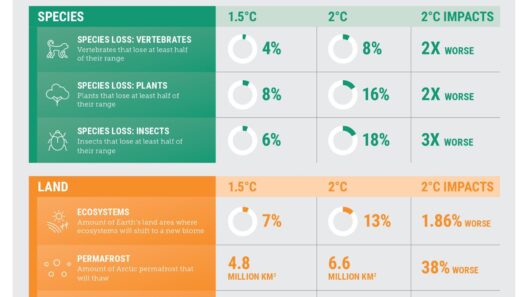Water, an essential component of life on Earth, harbors profound implications for the planet’s climate system. It is not merely a passive element; instead, its temperature plays a pivotal role in determining climatic conditions. The relationship between water temperature and climate is intricate, warranting a thorough exploration of how thermal dynamics influence environmental phenomena.
Temperature variations in bodies of water do not occur in isolation. They are intricately linked to atmospheric conditions and terrestrial inputs. The oceans absorb approximately 90% of the excess heat generated by greenhouse gas emissions, acting as a formidable buffer against abrupt temperature increases. This phenomenon underlines the oceans’ role as a critical climate regulator.
When discussing water’s impact on climate, one must delve into its capacity for heat retention. Water possesses a high specific heat capacity, meaning it can absorb large quantities of heat without experiencing significant temperature changes. Consequently, oceans and large lakes can mitigate seasonal variations, stabilizing regional climates. This characteristic is vital in temperate zones, where water bodies protect coastal areas from extreme temperature fluctuations, fostering more habitable conditions.
However, rising global temperatures also lead to the warming of water bodies. Elevated water temperatures can catalyze a range of ecological disruptions, including shifts in marine species’ distributions, altered reproductive cycles, and diminished oxygen levels in aquatic environments. The phenomenon of thermal stratification, where warmer waters sit atop cooler layers, exacerbates these effects. This stratification can inhibit the mixing of oxygen-rich surface waters with deeper levels, resulting in hypoxic conditions detrimental to marine life.
The implications of warmer water extend far beyond ecological consequences; they resonate through meteorological phenomena as well. For example, ocean temperatures significantly influence weather patterns. Warm water can enhance the energy available to storms, leading to more intense and frequent hurricanes. This relationship poses risks to coastal communities and ecosystems, not merely from storm surges but additionally through increased rainfall and flooding events linked to warmer air temperatures holding more moisture.
The interconnectedness of water temperature and climate is further exemplified in the context of ice melt. Warming oceans contribute to the melting of polar ice caps and glaciers, leading to rising sea levels. The melting of these ice formations does not only cause displacement of coastal populations; it also disrupts global ocean currents, which depend on the temperature and salinity (salt concentration) of ocean waters. These currents serve as critical conveyor belts, regulating climate by redistributing heat around the globe.
Moreover, the warming of bodies of freshwater, such as lakes and rivers, poses unique challenges for ecosystems and human populations. Increased temperatures can lead to algal blooms, which not only degrade water quality but also produce toxins harmful to aquatic life and humans alike. As freshwater sources become compromised due to temperature increases, the stakes for water security rise, amplifying challenges related to agriculture and drinking water availability.
To further understand the implications of water temperature on climate, it is essential to explore anthropogenic influences. Human activities, including deforestation, urbanization, and industrialization, contribute to the warming of water bodies. Urban heat islands exacerbate local temperatures, which in turn affects nearby water temperature. As cities expand, their thermal footprints grow, magnifying the effects of climate change. Rainwater runoff from impervious surfaces can carry pollutants into water bodies, further complicating the natural thermal dynamics and introducing additional stressors to aquatic ecosystems.
Another critical dimension of water’s warming role is its effect on weather extremes. Warmer water temperatures can lead to more severe droughts in certain regions while simultaneously promoting heavy rainfall events in others. The resultant imbalance sets the stage for catastrophic weather events, impacting agriculture, infrastructure, and human health. Addressing this cycle necessitates immediate action to mitigate greenhouse gas emissions to stabilize water temperatures.
Understanding the ramifications of water temperature on climate is vital for effective environmental stewardship and policy-making. It is not merely an academic concern but a pressing issue that demands comprehensive strategies to address both mitigation and adaptation aspects related to climate change. Conservation efforts must prioritize the protection of water bodies to maintain their ecological functions and mitigate the impacts of climate change on both marine and freshwater ecosystems.
In conclusion, water’s warming role is multifaceted, affecting climate dynamics in profound ways. The synthesis of knowledge about water temperature and climate underscores the urgency of addressing climate change comprehensively. As society continues to grapple with the ramifications of global warming, recognition of water’s role in this equation will be paramount in formulating sustainable solutions. The efficient management of our water resources, coupled with a commitment to reducing our carbon footprint, will facilitate a resilient future amid climatic challenges.








